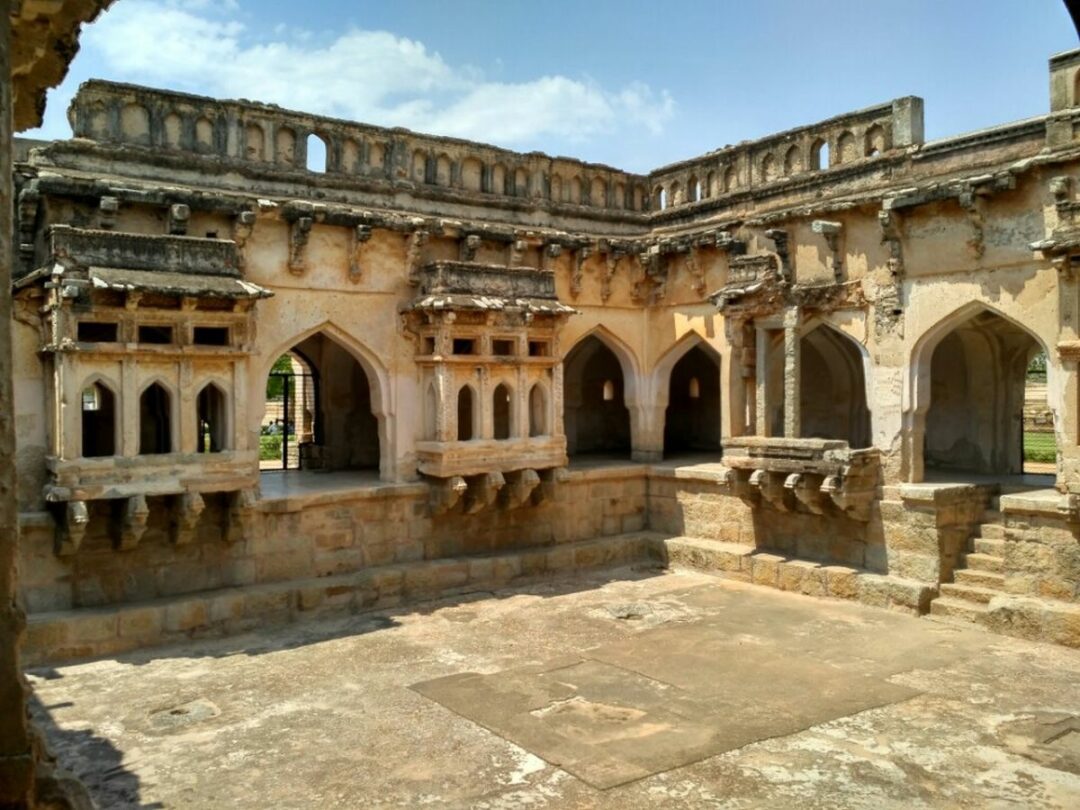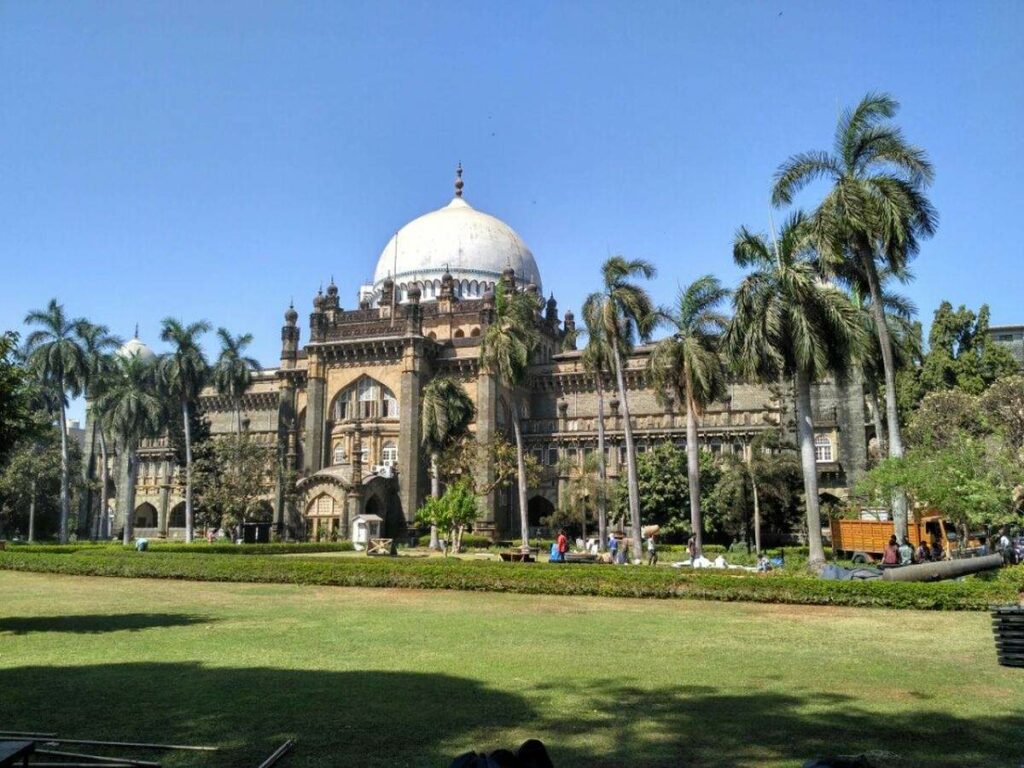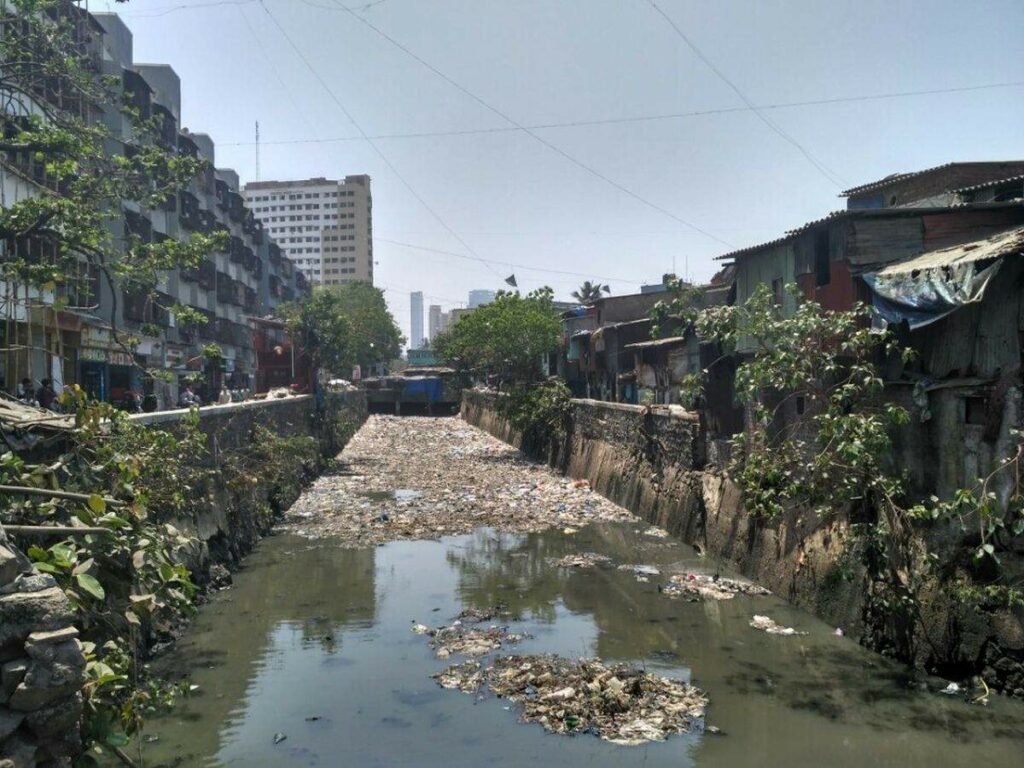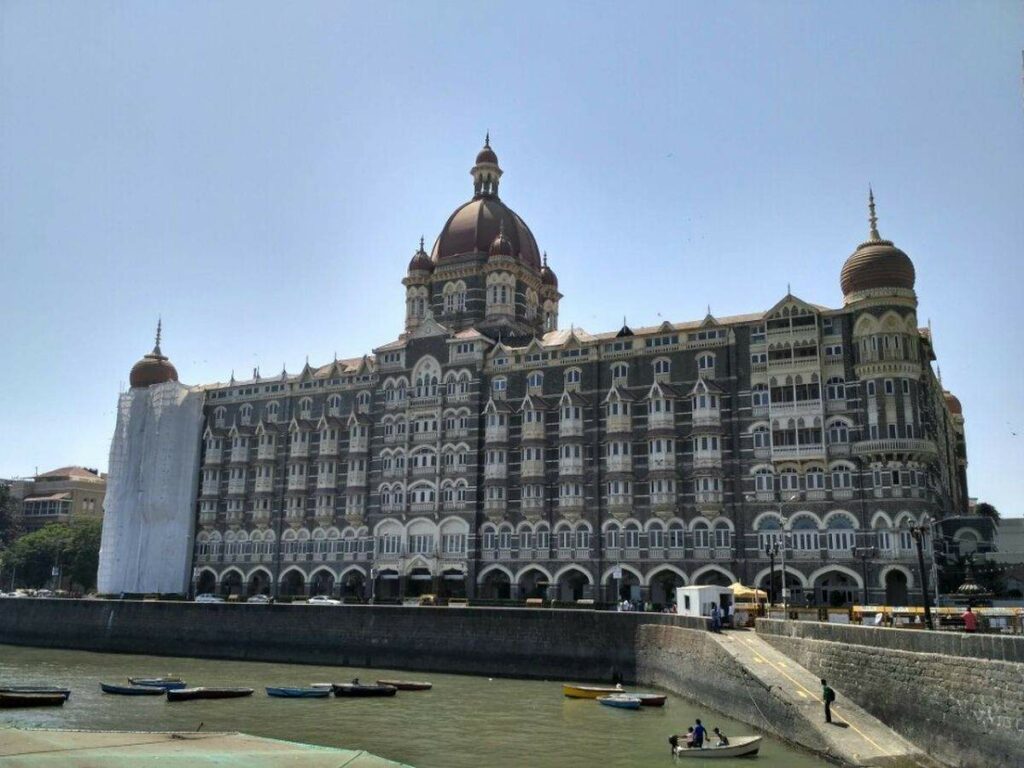Travel tips for traveling India
*Disclaimer: This article contains affiliate links. If you purchase using these links, we earn a small commission. We only recommend services and productes that we have tested ourselves.*Traveling India – visiting one of my absolute bucket list destinations since ever. Since I was a child, the spices and the colorful saris have fascinated me. Relatively spontaneously, I then decided in 2017 to use the favor of the hour to travel to India. Unfortunately, I had only 4 weeks time and no plan how big this country actually is. I definitely did not regret it and will come again – next time for at least 3 months. So unfortunately I could only cover a fraction of the places I wanted to see. But just because of the incredibly awesome food, a vacation in India is definitely worth it!
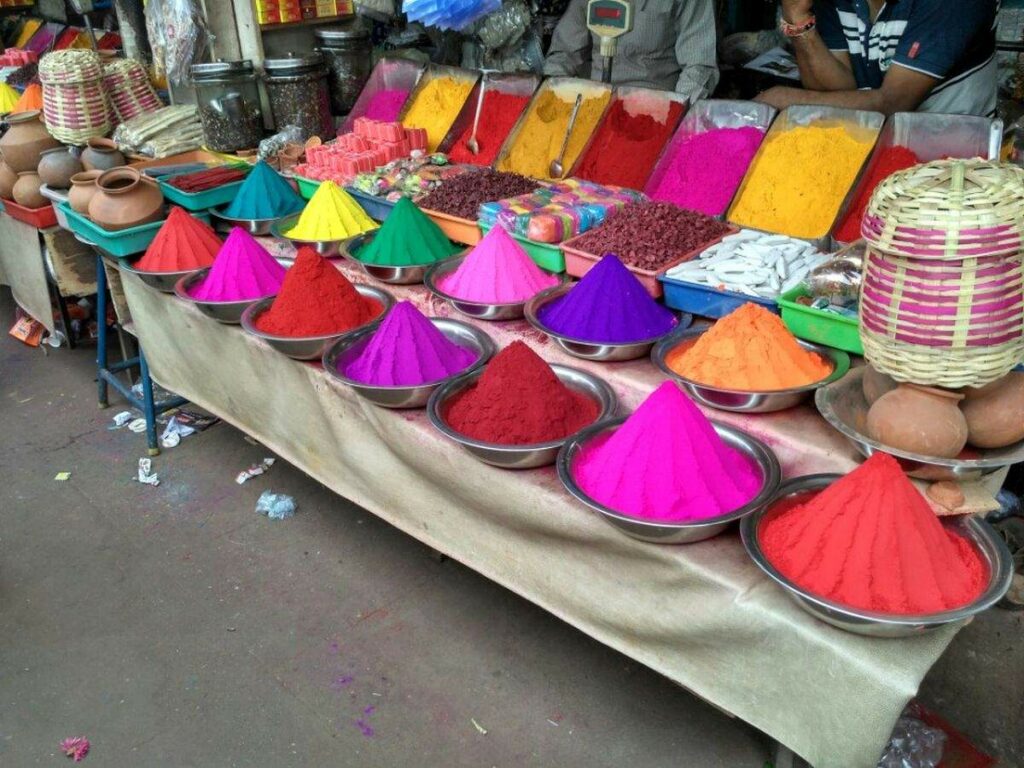
In terms of area, India is the seventh largest country – measured by the number of inhabitants in second place. Scenically, the country has to offer virtually everything you can imagine. From gigantic mountains in the Hamalaya region, to desert in Rajasthan, rainforest and beautiful beaches in the south of the country. Just as diverse are the inhabitants from the different states. In total there are 28 states. More than 100 different languages with over 500 dialects are spoken in India. The official language of the country is Hindi. The problem is that only about 43% of the population speaks Hindi. This means that Indians from different states are sometimes unable to communicate with each other. About one fifth of the people speak English. So be prepared to encounter some language challenges!
Preparations for your backpacking trip to India
Planless, at least like the incredibly cute donkey in the picture, I had of course no real idea how I would like to travel India. So I had researched in advance 2-3 highlights that I absolutely must see. I also already had a start and a destination. It should start in Chennai, because I had found a super cheap flight from Kuala Lumpur. The whole trip should end in New Delhi, because I wanted to visit friends there who spent their semester abroad with me in Cologne. Fortunately, I always set pins on my map (maps.me) for exciting places that people told me about. So I had a starting point and destination, my 2-3 highlights that I really wanted to see and the recommendations of locals/other travelers. I then connected these points to a rough route and used it as orientation. Et voilà… ready was the travel planning for my vacation in India.
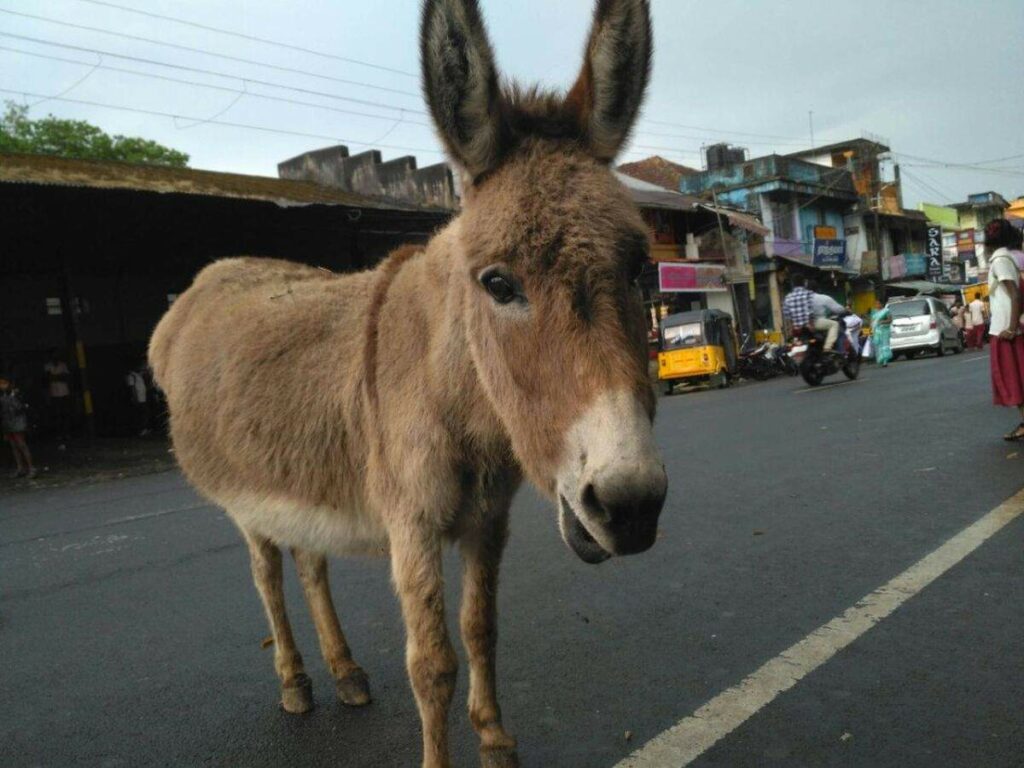
Traveling India solo?
As always, we can only recommend to travel India on your own. The adventure is usually not in a planned and timed round trip, but somewhere in between. Be prepared that in the urban areas of India it is extremely hectic. In more rural areas the situation is much more relaxed. Indians are very curious people and like to get in touch with tourists – especially in places where not so many pass by. If you should have fear of contact, I recommend another destination. I speak in my contribution exclusively of me, a tall man. I may not presume to talk about women in this post, as I cannot judge the danger. I am always happy to hear about experiences of women who have traveled through India!
Top 7 best places to visit in India
To break India down to a few highlights is really an art. Since I spent most of my nights with couchsurfing hosts, almost every night was an adventure in itself. From visiting a temple elephant sanctuary, to having great conversations into the wee hours of the morning with a host whose family runs a catering business, to roaming the forest to see wild elephants, I definitely didn’t have one thing… and that’s boredom! Here are my travel tips and highlights from my travel to India. Since I spent most of my time in the south of the country, my highlights for India are also very focused on the south.
1 Hampi
What a magical place… Once Hampi was the capital of the kingdom of Vijayanagar. Today the village is home to about 2800 inhabitants. The ruins of the former big city are spread over an area of about 26 km². Hampi is located in the state of Karnataka and is easily accessible by bus. Hampi knows how to convince with its well preserved temple ruins and the sheer endless surrounding countryside full of boulders. The area is ideal for a stay of a few days. By the way, it can be explored super by bike.
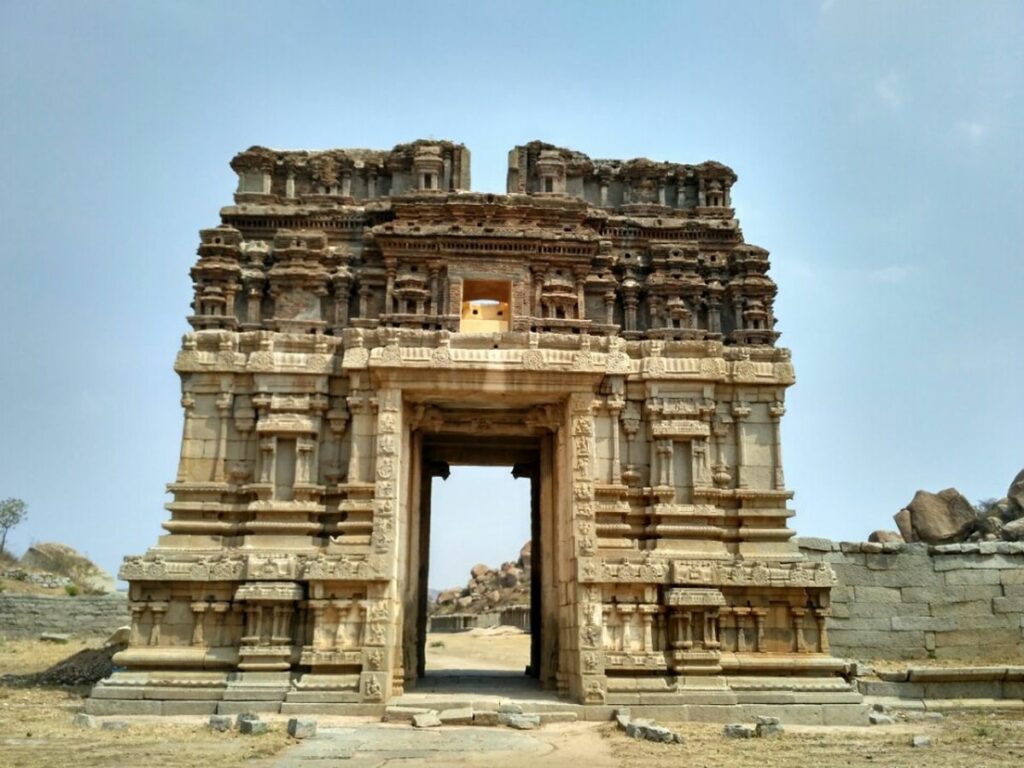
Gate of Achyutaraya temple in Hampi 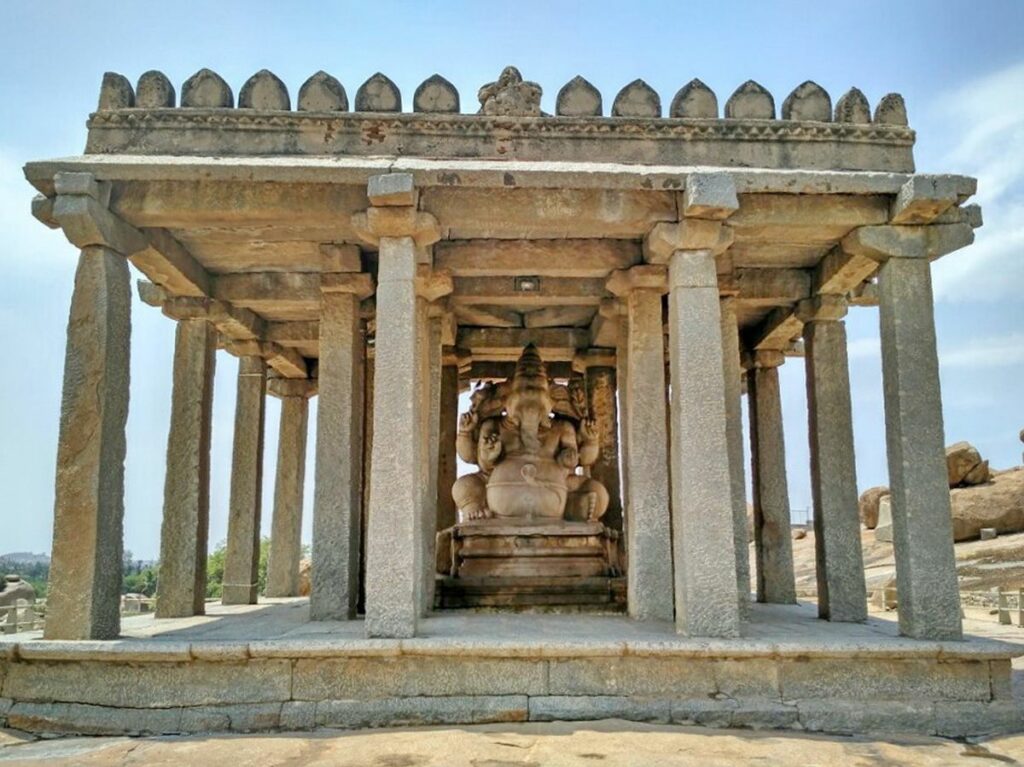
Sasivekalu Ganesha Tempel in Hampi 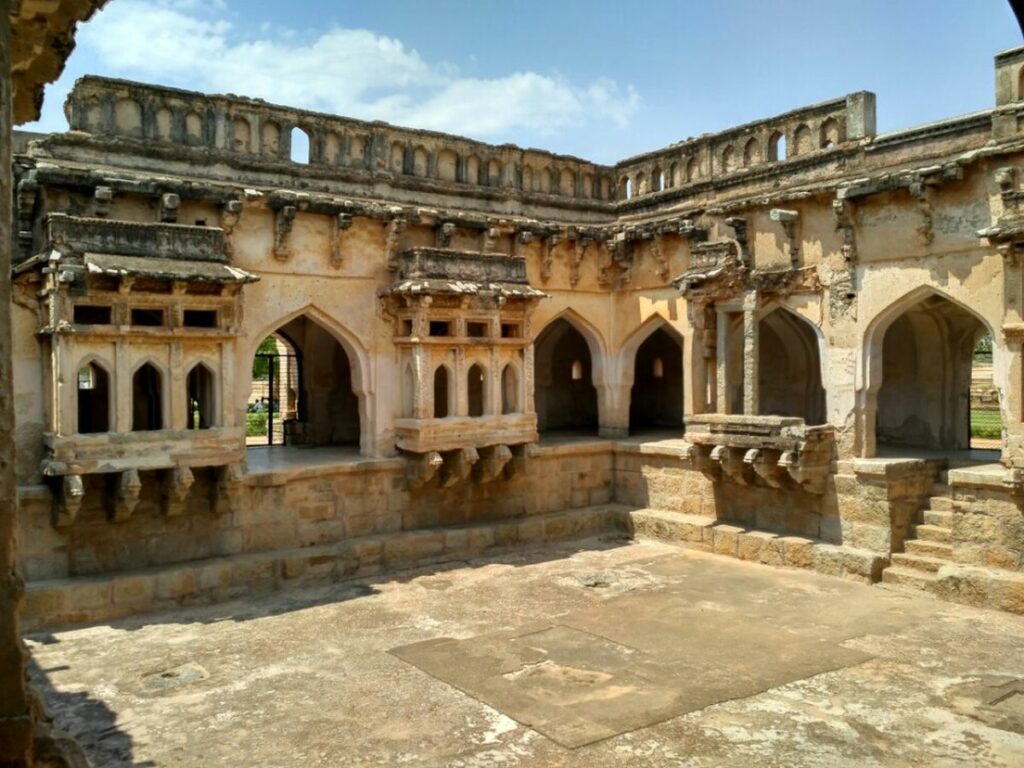
Queen’s bath in Hampi
2 Ride with the “Toy-Train” to Ooty
The train covers a whole 46km in 5 hours. But that is not the point of the trip with the “Toy Train”. The trip is for me the most beautiful train ride I have ever made. It goes through tea plantations, jungles, gorges and over great bridges. The Nilgiri Mountain Railway is the only Indian rack railroad. The steam locomotive is refilled with water at some stations. At the top, the “mountain town” of Ooty awaits you and impresses with great views, lakes and a highly recommended botanical garden. Often the railroad line between Kandy and Ella on Sri Lanka is called the most beautiful in the world – I liked the ride with the Toy Train much better!
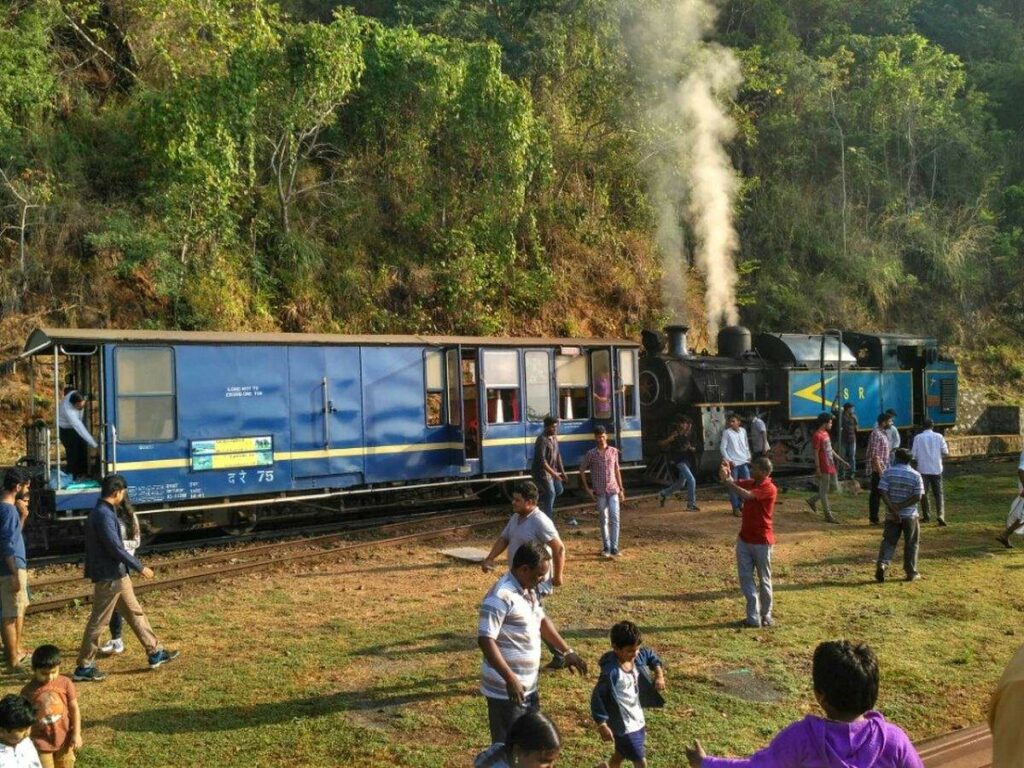
Refilling the train with water 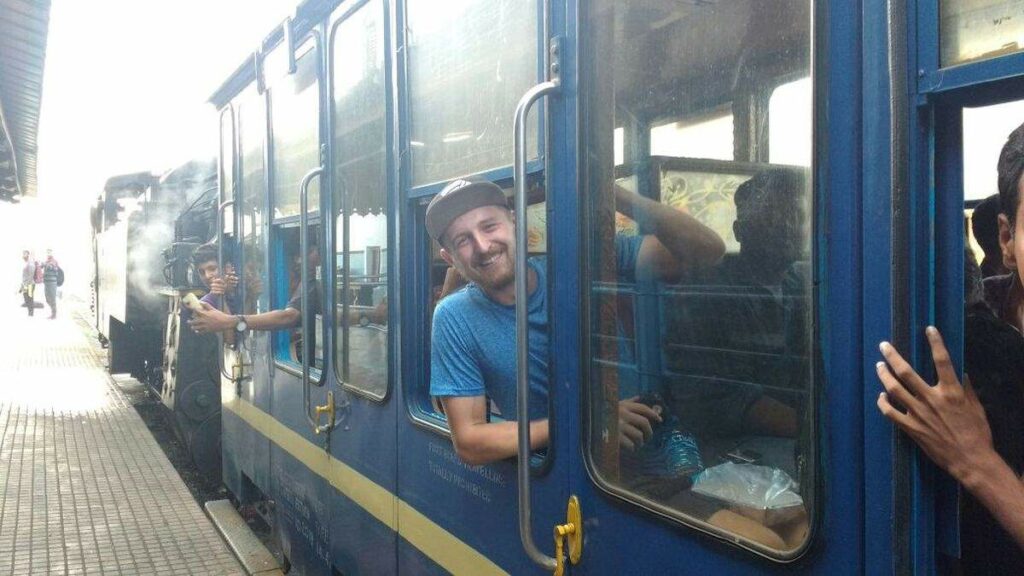
On the toy train to Ooty
3 Wayanad (Sultan Bathery)
With wild animals you always get me. The possibility to see really free-living elephants roaming through the country was motivation enough for me to make my way to Sultan Bathery. My couchsurfing host was of course very eager to fulfill my wish… and so it happened that we could watch a herd of elephants in a far distance. Unfortunately, the animals were too far away and the light conditions too bad to take useful photos. So we could just enjoy the moment and watch the animals in the distance. Likewise we could observe herds of bison. Of course you should be a little bit careful, because the animals are wild and sometimes can become aggressive. With the bus you can also make a trip to the Kabini River. Here the chances are good to see elephants. You cross the lake river with a hand pulled raft.
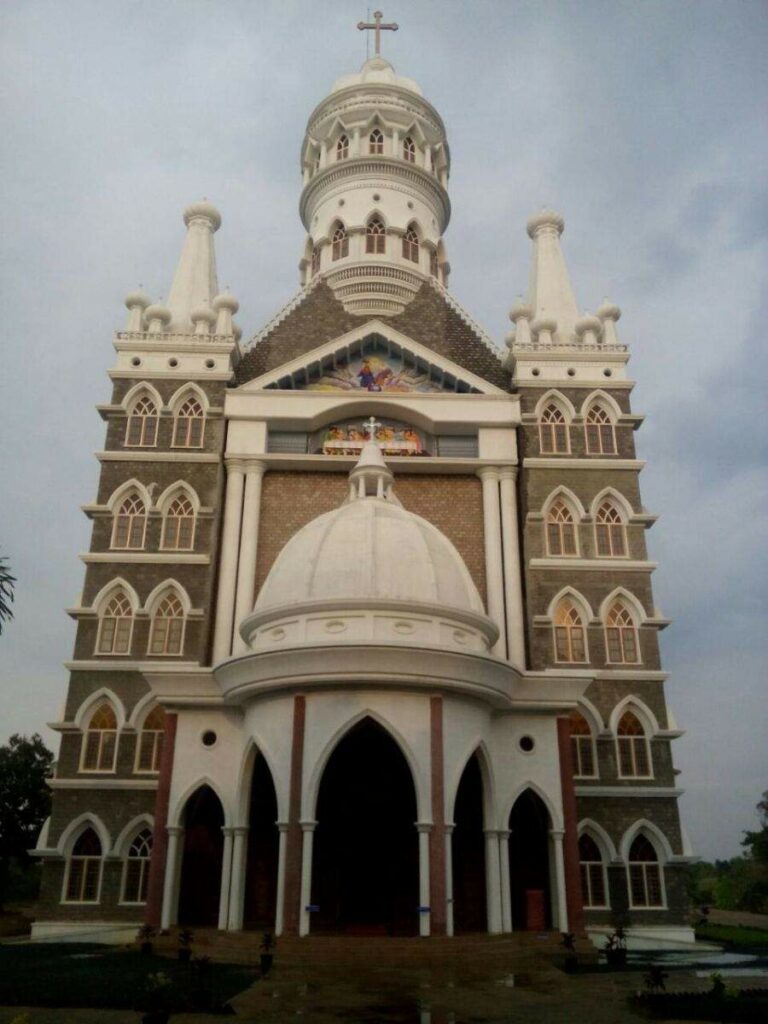
St. Thomas Cathedral Soltan Bathery 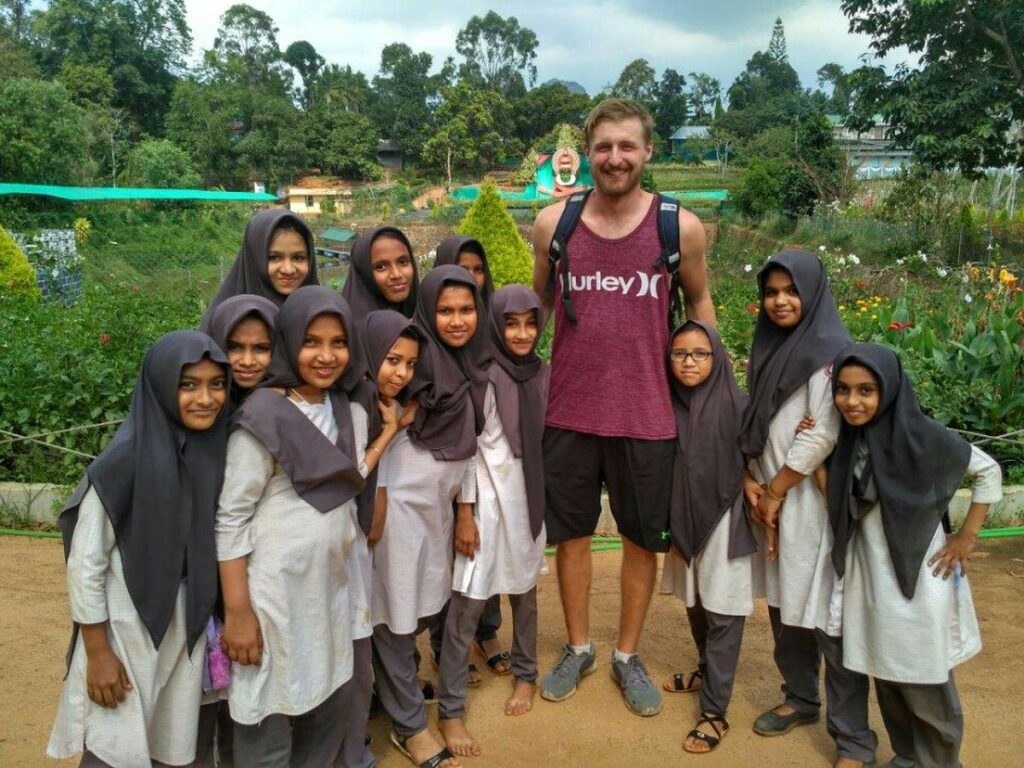
Picture with a bunch of curious pupils 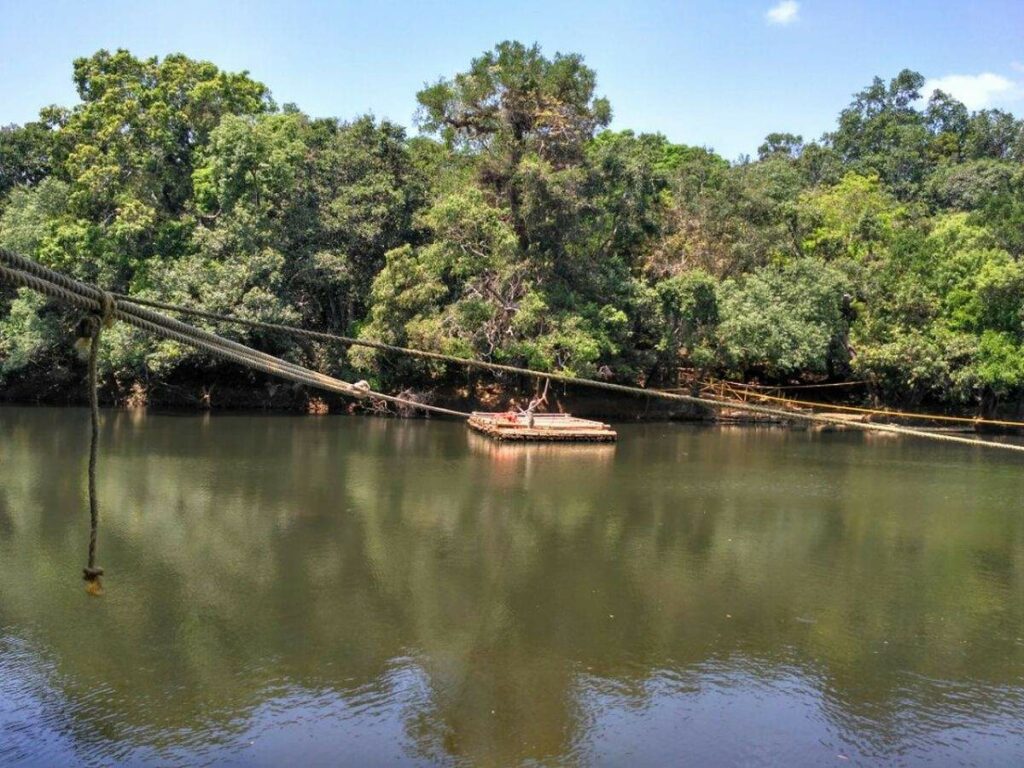
Kabini River
4 Taj Mahal
After about 3 h drive from New Delhi you reach the most famous building in India, maybe even in the whole world – the Taj Mahal. Scorching heat, no shade and crowds of people… Drivers of those little electric trains that take visitors from their cars to the entrance of the Taj and are beaten on the thighs with bamboo sticks every time for doing so, since they are not actually allowed to go there. Coupled with the poverty of the city of Agra, which is the home of the Taj, a very frightening picture what one offers. As beautiful as the sight of the Taj Mahal is, the collected impressions did not quite let me go. The Taj Mahal itself is of course absolutely breathtaking and keeps absolutely what it promises.
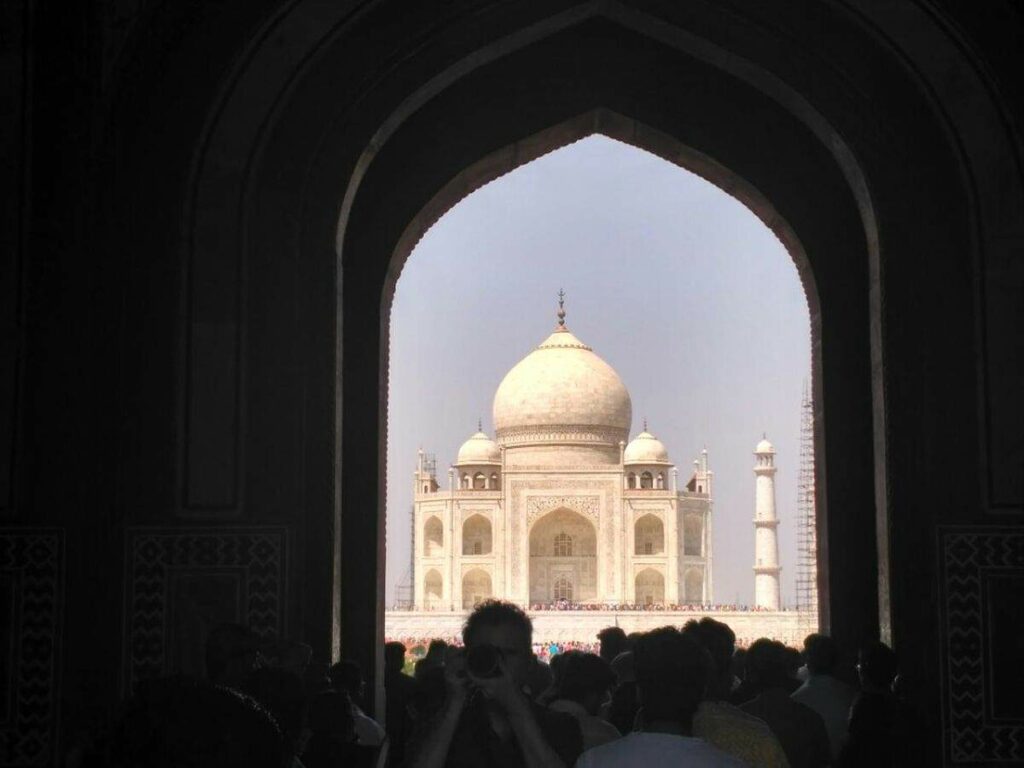
5 Tea plantations in Valparai
When you travel to India, you inevitably think of tea. Since this not only tastes good, but is also grown very respectable, I can only recommend a visit to the tea plantations in Valparai. I was recommended Valparai instead of Munnar by locals, because it should be much less touristy. In fact, there were not many tourists there. Personally, I chose to wander through the tea plantations on my own. Organized tours often aim to sell the overpriced tea on site to tourists. You can find the same tea in other places for a fraction of the price, sometimes in different packaging. The locals can usually help you.
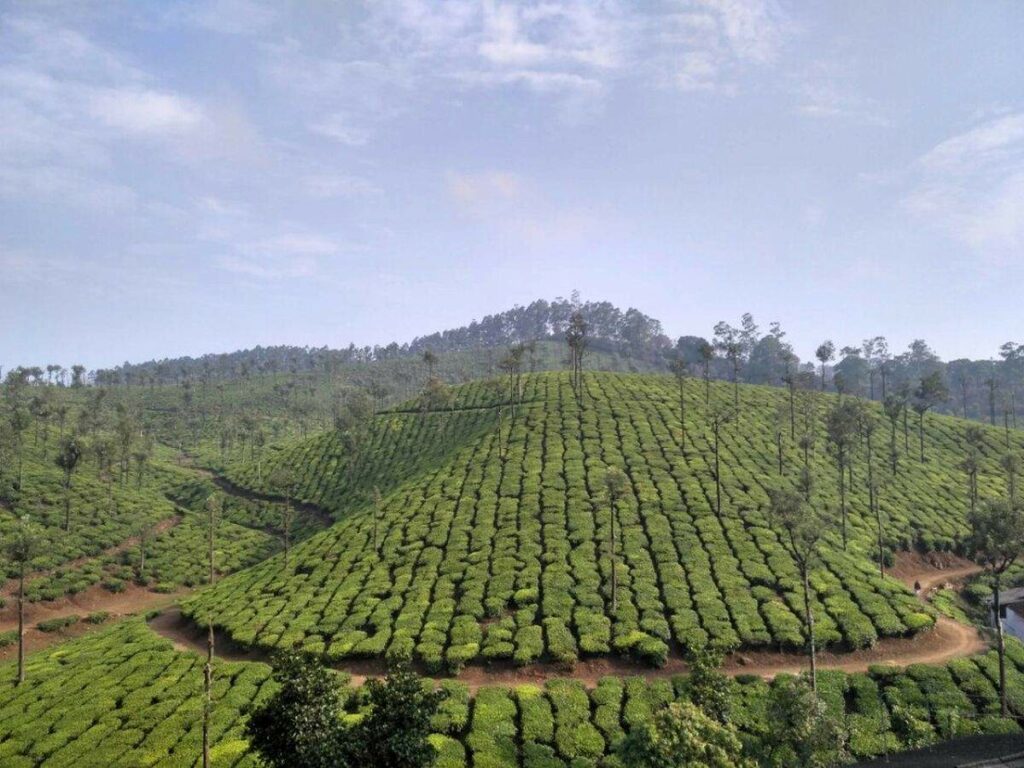
Tea plantations in Valparai 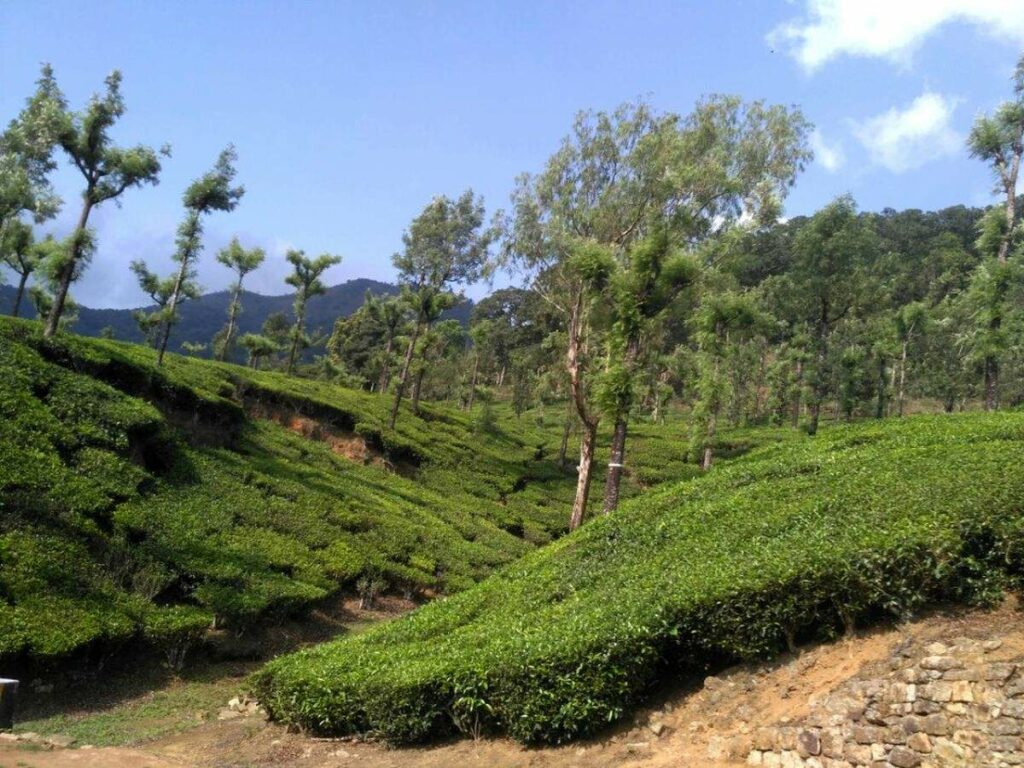
Tea plantations in Valparai
6 Backwaters in Alapuzzha (Alleppey)
Another highlight are the backwaters in the south of India. 44 rivers and 29 larger lakes and lagoons characterize the landscape. Here are some great accommodations directly on the river banks in idyllic locations. Alapuzzha is also located directly on the sea. The highlight, which attracts the tourist crowds are the houseboats that glide in droves across the rivers. In earlier times, the ships were used to transport heavy cargoes across the backwaters. At that time, one ship could carry about as much as 3 trucks. After these ships were no longer needed, people came up with the idea of converting them into houseboats. Nowadays they attract thousands of tourists every year. Besides the houseboat, you can also take public boats on the canals.
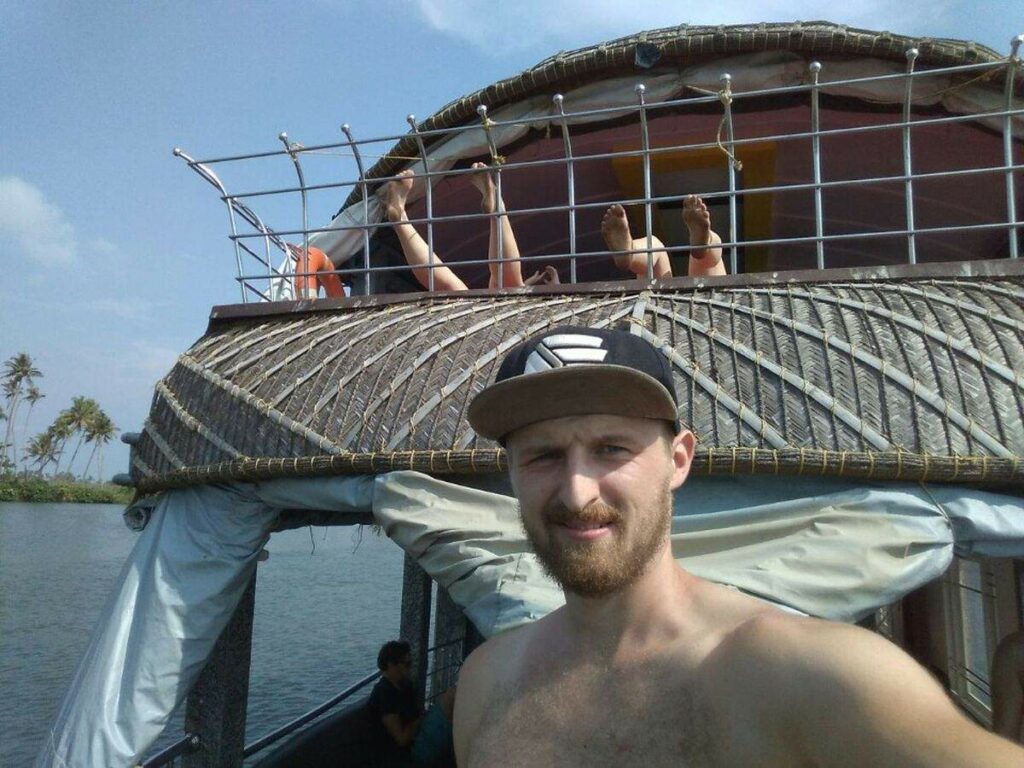
On a houseboat on the backwaters
7 Mumbai
I got to know Mumbai as a very multifaceted city, of which I was pleasantly surprised throughout. Here are also many stark contrasts recognizable, from life in the slums to the luxury apartments in the Marina Bay, everything is found here again. Even if the city is very hectic in many places, there are also cozier and quieter corners, which are not sounded by the thunderous traffic noise. For example, you can walk along Marina Drive, stroll through the old colonial quarters, visit the Gateway to India, the Siddhivinayak temple or go shopping in one of the many markets and malls. Also famous is the Dharavi slum, the place where the movie “Slumdog Millionaire” was filmed. I would not visit the Dharavi slum nowadays, because it did not feel right.
Itinerary for traveling India
My itinerary through India was far from ideal but I didn’t care. I had a start and a goal and just went. Here I have sketched out how I felt my way during my vacation in India. As you can see I have covered some kilometers. The 24 hour train ride from Mumbai to New Delhi was particularly intense.
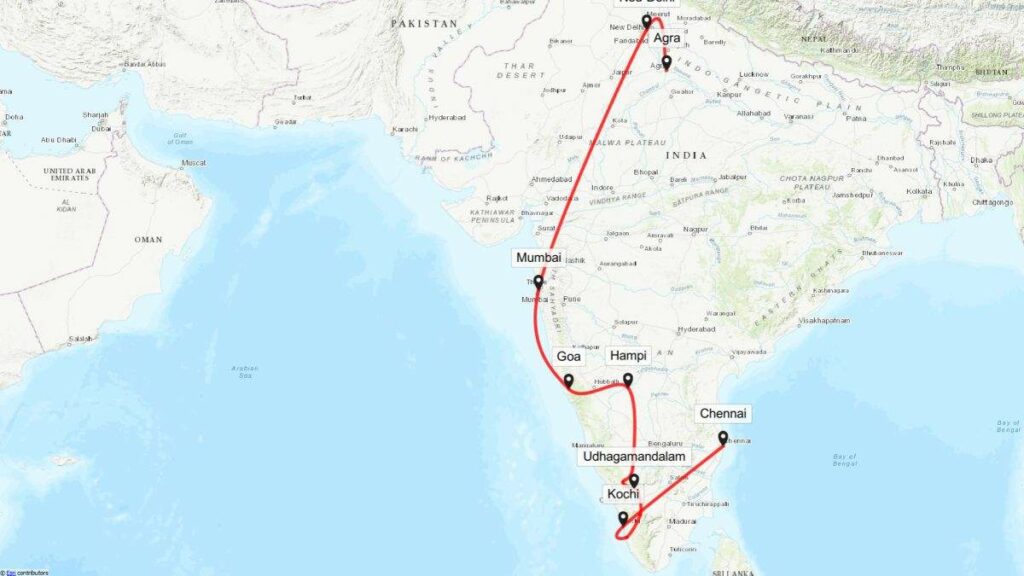
Practical travel tips while traveling India
- Few people speak English
- Tilting the head to the right and left means “yes”
- Indians are very “touchy”
- Remember to apply for your visa in advance!
Entry to India
To enter India you need to apply for a visa in advance unless you are from Japan, South Korea or UAE, then you can get a Visa on Arrival. To avoid an annoying visa application process we suggest you to use the service of ivisa for traveling India.

E-Visa for India
The easiest way to get your visa is throug ivisa.com. You can easily enter your residence country and the country you need a visa for and see the requirements and costs. We are working with ivisa since we had good experience with them and they facilitate the application process. You are asked only the relevant questions and don’t need to answer all on the questionnaire. You can also read more about our experience with ivisa on our review of ivisa.
Public transportation during your trip to India
Even though India is sometimes very hectic, I found that the development itself is very good. You can reach almost all places by public transport. However, the buses and trains are usually not very comfortable. I must say, however, that I cannot judge how high the comfort is in the higher booking classes. In India, I mainly used buses and trains to get around. The rail network in India is also quite well developed.
Bus:
The bus terminals, especially in the larger cities, are very chaotic and confusing. However, there is usually a station manager who can help you. The buses themselves are usually less comfortable. Especially in the city buses, you are lucky if you can get a seat. Getting on and off the bus also requires practice, as the buses rarely come to a complete stop when you get on or off along the way. Long distance buses in India are sometimes very comfortable. It is also not uncommon to be driven by a Mercedes-Audi bus ;-). The transport system itself is pretty good as you can nearly always catch a bus to any destinations. It often requires multiple changes but it works.
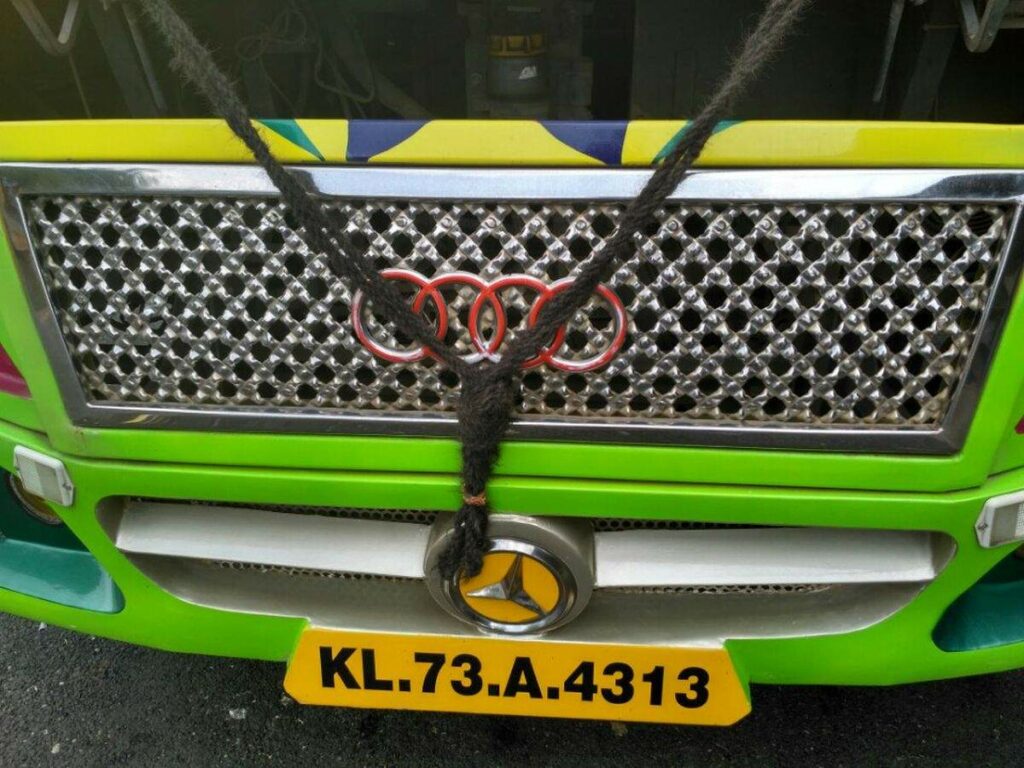
Train:
India has a very well developed rail network. Train travel is extremely cheap and I have saved some overnight costs by the night trains. The train tickets are booked online in advance. The trains are over a kilometer long. In the sleeping cars there are 3 beds on top of each other, but they are folded up at first. All passengers sit on the lowest bed until everyone goes to sleep. So, if the compartment is reasonably full, it is not possible to lie down in the bed. During the journey, it is advisable to keep your valuables away from the prison-like windows of the train, as thefts are likely to occur more often when the train passes through some towns at walking speed.
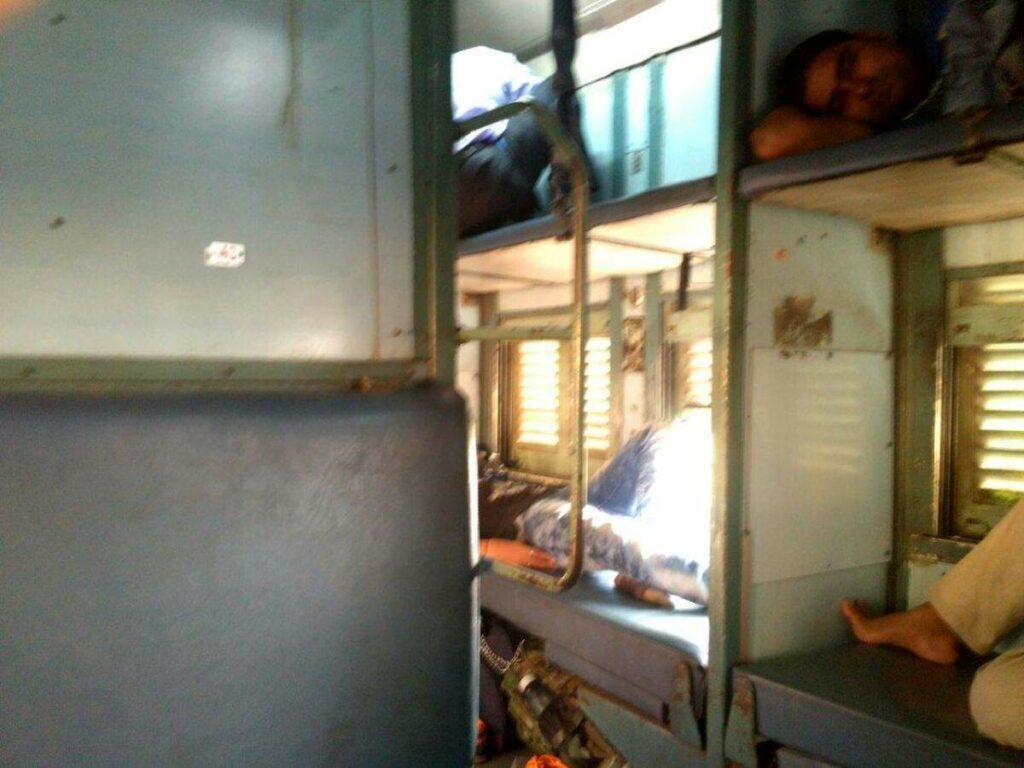
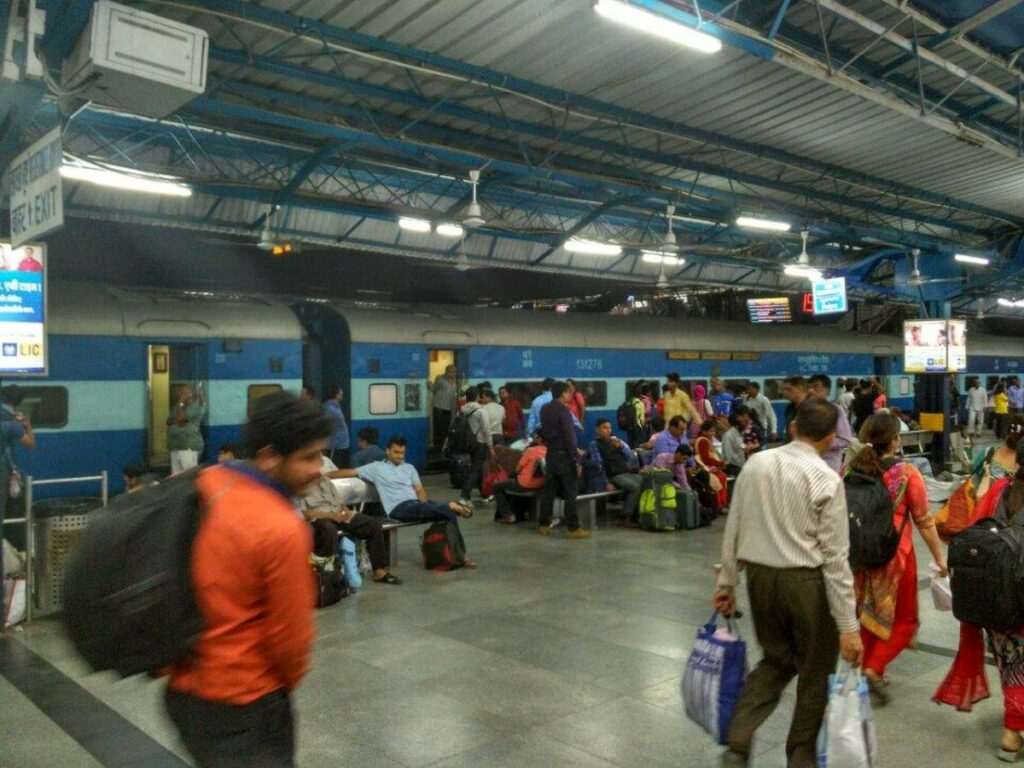
Shopping in India
In terms of shopping, India naturally fulfills the expectations one has of the country. Spices, tea and great fabrics can be found here. Due to the huge offer, however, it is particularly important to find the good goods, because here also a lot of low-quality goods are sold. I have had the best experience talking to locals at the markets (not the vendors). As in most Asian countries, the shopping centers are themed. Instead of one big market, the neighborhoods divide up thematically.
Spices:
After I returned from India, I began to understand the importance of the spice trade. After all, most of the important spices come from here. One of the few “ready-made spice mixes” used by locals is garam masala. Curry powder is usually also a mixture of different spices but is hardly used by the locals. You will find the following spices among others and they are essential for Indian cuisine: pepper (black and white), turmeric, fennel seeds, coriander seeds, cloves, fenugreek, chili powder, star anise, black cumin, mustard seeds, tamarind, cardamom, ginger, curry leaves and cinnamon.
Tea & coffee
Tea lovers will of course get their money’s worth in India. But here, too, you should try out exactly beforehand or get advice from the locals, so that you get good tea and not the one that is found on the German supermarket shelf. The Darjeeling region is particularly famous for its tea.
Fabrics and silk:
If you are interested in fabrics and silk, you should also find out in advance about the corresponding neighborhoods or markets. In Mumbai, for example, there are some huge streets where only fabrics are sold.
The best time to travel to India
As you can imagine, the best time to travel varies depending on the region as the country is quite vast. Of course, this is purely subjective and also depends on what you expect from your vacation in India.
North India:
For the north of the country, the months of October to March are best. The months of April, May, June are extremely hot with temperatures up to 39°C until the monsoon sets in from June to September.
Himalaya:
If you plan your trekking tour in the Himalayas, the months of July to October are ideal. From November to June, some areas in the Indian highlands are snowed in and therefore not accessible.
West coast:
The temperature in this part of the country is relatively constant. The hottest months are March and April with a max. temperature of 34°C. From June to September the monsoon sweeps over the west coast of India, which is why here, as in the north, the months of October to March are the most suitable. In April and May it is a bit hotter than the rest of the year.
South:
Here the best time to travel is from December (January) to February. Depending on the season, the monsoon ends in December. In the months of January and February, the temperature is relatively mild with maximum temperatures of 30°C to 32°C. From March to July it gets extremely hot. In August, the monsoon sets in.
Food in India
I ate in India exclusively in the cheapest restaurants/street stalls. India is ideal for all vegetarians and vegans. I ate a vegetarian diet throughout and never once had problems with my digestion or the like. The food in India is terrific and infinitely varied. The classic and cheap food is called “meal”. It is usually offered by every restaurant and includes various “dips” such as daal, masala and yogurt and a bread. To list all the dishes here would definitely go beyond the scope, so I’ll just list my favorites of Indian cuisine here:
Beverages in India:
Lassi: The classic, a drink made from yogurt and possibly fruit. My all-time favorite is the mango lassi, but you can also have it in plain, with pineaplle or banana
Chai: Be prepared to be invited for a few cups of tea! Classically, the chai is drunk with milk and relatively sweet
Beer: The signature beer for India is “Kingfisher” and can only be purchased at authorized Liquour stores.
Indian essential foods:
Daal: Ubiquitous and an absolute classic of Indian cuisine is the lentil curry. It enjoys the highest popularity through all ages.
Indian breads: There are tons of different breads in India, all of which taste delicious in their own way. There are classics like naan, chapati, roti, paratha, idli and dosa. Dosa and Idli in combination with Daal was my most frequent breakfast.
Indian dishes you must try!
Palak Paneer: My absolute favorite is the spinach curry with soft cheese (paneer) and some sweetness. It is usually served with rice.
Shahi Paneer: A tomato-cashew based curry with Indian soft cheese (paneer). Also a mega delicious food
Biriyani Rice: Biriyani rice is also very well known in other countries. It is available in many variations, with or without meat, different Indian spices and vegetables. Indians agree that the best biriyani can be found in Hyderabad.
Aloo Gobi: Also a classic is the curry consisting of cauliflower and potatoes
[WPSM_AC id=6579]


